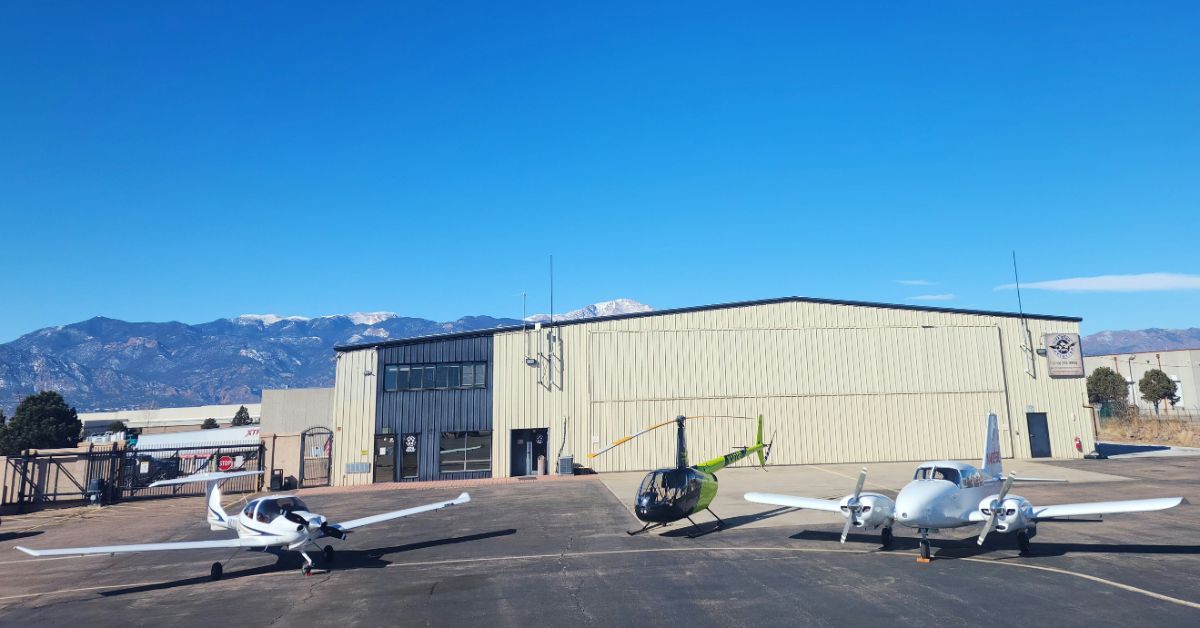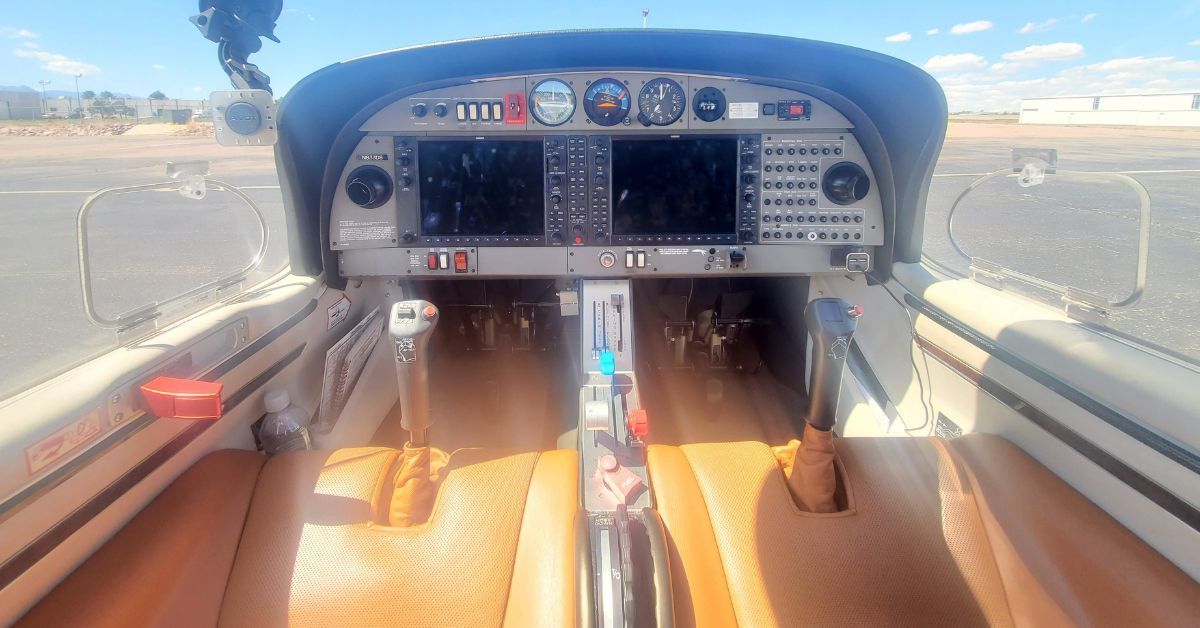How To Prepare for Your Private Pilot Checkride
The private pilot checkride marks a pivotal milestone in every aspiring pilot’s career. This comprehensive evaluation tests whether trainees have the knowledge, skills, and judgment to pilot an aircraft safely. While preparing for your private pilot checkride may seem daunting, it ensures you perform confidently and efficiently. By trusting your training and taking a disciplined approach, you’ll be ready to showcase your abilities to the examiner.
Understand What the Checkride Entails
To prepare effectively for your checkride, you must first understand its structure. The FAA Private Pilot Practical Test Standards (PTS) outline the areas you’ll be tested on. The checkride comprises of two main segments: the oral exam and the flight test.
During the oral exam, the examiner tests your understanding of aviation theory, regulations, weather interpretation, and overall aeronautical knowledge. The flight test evaluates your practical flying skills, decision-making, and ability to handle real-world scenarios. Additionally, ensure that you have your private pilot license or PPL certificate with you, as it is an essential document required for the checkride.
Review the Private Pilot Practical Test Standards
The FAA’s PTS, or its updated equivalent, the Airman Certification Standards (ACS), serves as the framework for your checkride. It specifies the tasks and maneuvers you must perform. Breaking these standards into manageable sections helps you focus on each task systematically. Memorize the tolerances for each maneuver, such as holding altitude or airspeed, because examiners expect strict adherence to these metrics. Familiarity with the PTS builds confidence and ensures no surprises during the checkride.
Revisit Your Flight Training, and Practice Key Maneuvers
Enter your checkride proficient in the maneuvers you’ve practiced during your flight training. Skills like steep turns, slow flight, stalls, and emergency procedures form the backbone of the flight test segment. Schedule practice flights with your instructor to refine these maneuvers and address any weak areas. Focus on precision, executing smooth control inputs, and demonstrating aircraft command. Repetition and instructor feedback are key to building competence and confidence.
Prepare a Comprehensive Oral Exam Binder
A well-organized binder can be a lifesaver during the oral portion of your checkride. Include essential materials such as aeronautical charts, weight and balance calculations, performance charts, weather resources, and personal notes. Organize these materials so you can quickly reference them when answering exam questions. This demonstrates your ability to access critical information and reassures the examiner of your organizational skills and preparedness. Your binder should be a reliable resource that displays your dedication to preparation.

Conduct Practice Oral Exams With Your Instructor
The oral exam can be nerve-wracking if you’re unsure what to expect. Practice mock oral exams with your instructor to familiarize yourself with the questions the examiner may ask. These sessions help you articulate your thought process and defend your decisions confidently. Your instructor can also identify areas for improvement. Examiners value sound judgment and understanding, so practice explaining things clearly and logically.
Assemble Required Documents and Logbook Entries
Ensure your paperwork is complete and readily available before the big day. This includes identification, a student pilot certificate, a medical certificate, and a logbook with all required entries signed by your instructor. Double-check that you meet the flight time requirements and endorsements specified in the regulations. Missing or incomplete documentation is one of the most common reasons for checkride delays. Preparing these materials in advance will eliminate stress so you can focus on your performance.
Study Weather Reports and Planning Processes
A strong understanding of weather conditions is essential, and your examiner will test your ability to interpret weather reports. Review METARs, TAFs, and area forecasts to ensure you can confidently analyze them. More importantly, practice applying this knowledge to real-life scenarios, such as determining whether conditions suit a cross-country flight. Your ability to assess and react to weather data is critical, and examiners will closely evaluate this skill during your checkride.
Practice Emergency Procedures Until They’re Second Nature
Emergencies can happen anytime, and your ability to stay composed under pressure is a crucial aspect of being a private pilot. During the checkride, you’ll demonstrate proficiency in handling simulated emergencies, such as engine failures or lost communications. Rehearse these scenarios repeatedly until they become instinctive. Stay calm and methodical during emergencies—the examiner will evaluate this closely.
Focus on Risk Management and Decision-Making
The FAA places significant emphasis on risk management as a foundation for aviation safety, and it is essential to demonstrate sound judgment and decision-making during both the oral and flight portions. Study risk management principles, and learn how to identify potential hazards in various flight conditions. During the test, explain your decisions clearly, and show situational awareness to reassure the examiner that safety is your top priority.
Practice Cross-Country Navigation
One key portion of the flight test involves demonstrating your ability to plan and execute a cross-country flight. Practice calculating headings, fuel consumption, and time en route. Be mindful of handling variables such as wind correction angles and air traffic control instructions. Practicing these extensive skills ensures you can complete this section of the evaluation accurately and confidently.
Manage Pre-Checkride Stress
Even the most prepared pilots can feel nervous before their checkride. Managing stress is crucial for success. Practice meditation, exercise, or deep breathing strategies to stay calm and focused. Sleep well the night before, and eat a balanced meal to maintain energy. A clear mind and positive attitude will help you perform well during the evaluation.

Show Professionalism and Confidence on the Day
Your demeanor during the checkride will leave a lasting impression on the examiner. Arrive early, dress professionally, and greet the examiner politely. Approach the test confidently, demonstrating a positive attitude and a willingness to learn. If you make a mistake, acknowledge it, correct it, and move forward. Examiners understand that small errors can happen—what matters most is how you address them.
Debrief With the Examiner, and Learn From Feedback
After the checkride, debrief with the examiner, and listen carefully to their feedback. Regardless of the outcome, this is a valuable opportunity to gain insights that will improve your piloting skills. If you pass, congratulations—your hard work has paid off. If you don’t meet all the requirements, use this as a chance to improve and return stronger for your recheck.
Preparing for your private pilot checkride may feel overwhelming, but you can succeed with careful planning and dedication. Every step to refine your knowledge and skills brings you closer to achieving your aviation goals. Passing the checkride is not about perfection but demonstrating competence, sound judgment, and readiness to operate safely. Trust the preparation process, and you’ll be ready to soar confidently into your future as a private pilot.
Flight Training With Arapahoe
Partnering with Arapahoe Flight Club offers you access to expert flight training, top-notch instructors, and a supportive community of aviation enthusiasts. Whether you’re preparing for your private pilot checkride or looking to advance your flying skills, Arapahoe Flight Club provides the resources and guidance to help you succeed in your aviation journey.
